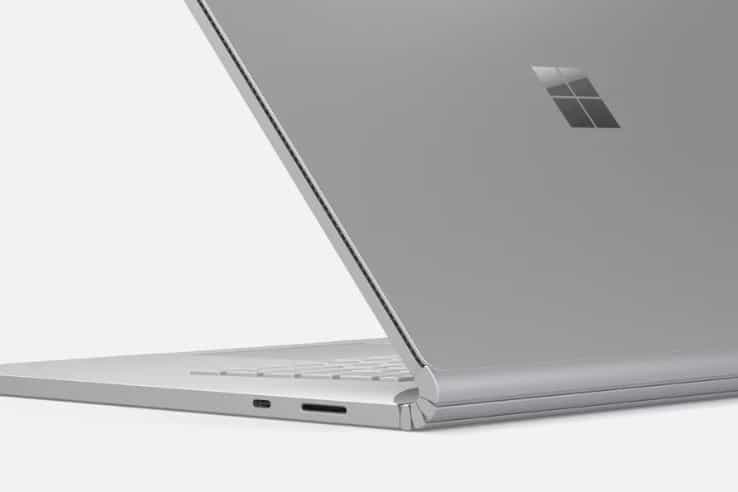
A few days ago Marques Brownlee declared 2020 “the year of the ultraminor Apple update.” He’s got good evidence for doing so: the iPad Pro, iPhone SE, and even the new 13-inch MacBook Pros are all fairly minor on paper. I think I can both narrow and expand that declaration, though. I hold out hope we’ll see something more substantial this fall in a few products (looking at you, Pixel and iPhone), so let’s narrow it to this spring.
But let’s also expand it beyond Apple: yesterday’s pile of new hardware announcements from both Microsoft and Sonos are the very definition of iterative updates. Microsoft put out new versions of the Surface Book, Surface Go, Surface headphones, and Surface Dock that amount to spec bumps.
But the thing about spec bumps is sometimes they turn out to be transformative. I’m typing this on a Surface Go 2 and while it’s much, much too early for me to say that it’s an entirely different kind of computer than before, I can see the potential. As I noted in my first-look video, Microsoft addressed the three biggest complaints with the original: screen size, speed, and battery life. That combination has the potential to turn it from a frustrating but fun little computer into a genuine iPad Pro competitor.
I think there are more questions for the Surface Book 3. Microsoft has thrown a ton of powerful new GPU options and other components at it, but at the same time it’s still shying away from the Thunderbolt ports that creatives are increasingly depending on. It also opted for the lower-wattage 15W Intel chips instead of the 45W chips in the MacBook Pro.
All of those decisions make a certain kind of sense in Microsoft’s ecosystem, but they make it a harder machine to wrap your head around. Depending on how Tom Warren’s review turns out, the Book 3 could end up being a bold rethink of what counts as “powerful” …or it could disappoint.
Which brings me to Sonos and its new Arc soundbar, which finally (finally!) puts Dolby Atmos into the company’s product lineup. It’s almost ridiculously expensive, but if the sound quality justifies it then it will make sense in Sonos’ lineup — especially since there’s now the Sonos Beam soundbar on the lower end.
AIterative updates are easy to take for granted. They’re almost never a reason to upgrade on their own. But they mean that when you do go out and buy the laptop you need or the speaker you want, it’ll last longer.
Without iterative updates, you might expect tech companies to reinvent their products too often, to hit revolutionary home runs every year. When tech companies try that strategy, they invariably bomb. Lenovo’s many, many wacky laptop concepts come to mind.
The other alternative is simply for companies to not keep up with the latest components. Apple itself was guilty of that problem in its Mac lineup for years — which caused a particularly sharp angst because the only viable way to run macOS is to buy a Mac.
Brownlee is right: the updates this season can seem ultraminor. And the sentiment behind that tweet is also right — ultraminor updates are vexing when you know the company making the product is capable of more. This spring’s iPad Pro felt nearly unnecessary, if I’m being brutally honest.
That’s the way with iterative updates. You never really know if they’re just keeping up with the times or if their alterations add up to much more. 2020’s iPhone SE is very much the latter. It’s just an iPhone 8 with a super fast processor and potentially a slightly upgraded camera module, but the result is a $399 phone that is faster than any Android phone at any price.
And hey: sometimes knowing you aren’t going to be tempted to want to upgrade your current setup is a relief.























